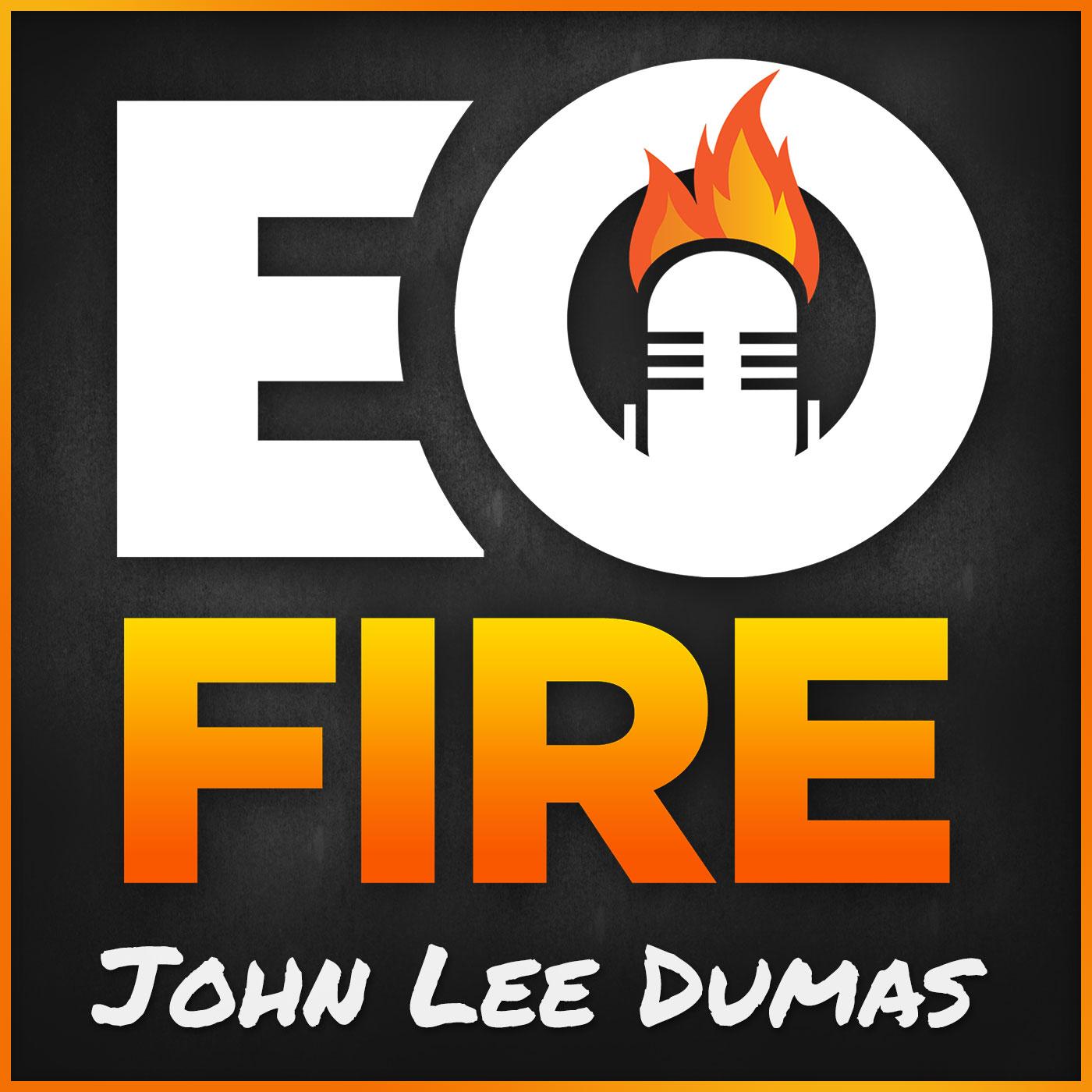This is Part I of II in a very mini branding bootcamp I’ve put together. Whether you’ve already built your brand and are looking to reposition it, or you’re just starting out, I believe the steps I’ve included here are essential to building a strong brand.
Building your brand pyramid
When you’re starting a business, building your brand is important. Your brand effects how people view your business and your purpose; how they will identify you online and in the marketplace; whether or not they will connect with your business and what you stand for; and how they share your company with their colleagues, friends and family.
Building a brand (or repositioning a brand) isn’t about having a designer create a fancy logo or about what your company says they stand for. Building a brand is making a promise to the public about your business and establishing the core values that you will live and practice in your business every day.
Your brand isn’t what you say it is. Your brand is ultimately defined by what people think and how people feel when they see or hear your company’s name. That’s why it’s so important that you take the time to build your brand the right way.
I’ve put together what I believe are the core building blocks to jumpstart your brand and define your brand presence. I’m passionate about branding, and I’m passionate about helping businesses understand the importance of building a strong brand. I hope these steps will help your business realize how important branding is, too.
Okay, enough of that. Let’s start building!
Establishing your brand attributes
Your brand attributes include a combination of what makes your business different from other businesses who might be offering the same types of products and services that you do, and also the values that your business operates on. Your attributes should also be able to talk to your experience in your industry or niche (are you an established leader, or new to the game?)
Brand Attributes checklist:
- What are your core values?
- What are your unique selling points?
- Define your experience within the industry or niche
To give you a couple of examples of what some Brand Attributes might be, let’s establish that each of them will make the statement: “We are… <blank>”
- …Consistent
- …Customer-driven
- …Dedicated
- …Fair
Positioning statement
Your positioning statement should be aspirational, but relevant. In other words, don’t go saying a bunch of stuff about your business and what you provide to your audience that isn’t true. It can be forward-leaning, but it should not be a straight-up lie.
For example, if you oftentimes have dissatisfied customers who say your online shipping process is horrible, then your positioning statement should not include something like:
“We’re passionate about ensuring our online shipping process is perfect every time.”
While you probably wouldn’t include something this precise in your positioning statement, I wanted to use something very relatable just as an example.
So, if you were to include this in your positioning statement, several of your customers who have experienced something different know it is just not true. If you say it anyway, then when your customers find out that it’s not true they will not trust anything your brand says it is.
How people should think and feel about your company
This is not a mission or vision statement. This is so you can understand what it is you’re trying to emulate through your brand. If people should be happy and feeling carefree and uplifted after seeing your logo, then you probably don’t want to include black and red coloring with negative symbols in it.
While your logo isn’t the only piece of this equation, it is oftentimes the thing people will identify you by.
Another example of this might be that you want people to think and feel that your company is very professional. If this is the case, then it may not be the best practice for you to let your employees wear whatever they want, have no uniformity across your collateral pieces and your website, and so on.
Voice
Your voice is all about your brand personality. Your voice should define the following:
- Your companies overall attitude, tone, and feel.
- Your voice should add clarity, volume, emotion (these are also some things that will effect how people think and feel about your company)
Is your company spunky and loud, or a little more relaxed? Does your company like to make jokes, or would you prefer to be straight-business at all times?
Brand Essence
Your brand essence is just what it sounds like: it’s the heart and soul of your brand and should encompass what you stand for and the feelings that your business evokes.
Why does someone visit Disneyland?
Because it’s the happiest, most magical place on earth, and when you’re there you will be spending time with your family and having a lot of fun. I’m willing to bet Disneyland’s brand essence is something along the lines of “Magical family fun”.
Key messages
These are base messages used as raw material for all downstream communications. Have a handful of them written down so that when you’re creating advertising or marketing campaigns down the road you can refer to your brand’s key messages for help.
Theme line/Logo
A very visual and important part of your brand, no doubt. Your theme line and logo should easily translate what it is your company stands for, and what services or products you provide.
Implementation
This section is probably pretty premature if you haven’t already been through the steps above to build your brand pyramid. Implementation will come once you’ve established your brand and are ready to start creating an integrated marketing communications campaign to position yourself in the marketplace. So, I won’t get too far into it here!
